The demolition of Kowloon’s Walled City 30 years ago put an end to a way of life unique in Hong Kong.
A few hectares of land left as a sort of island within British-controlled Hong Kong at the whim of the colonial administration became one of the most densely populated places on the planet.
LOOK: Defender of polygamy and enemy of wine and coffee: who was Joseph Smith, founder of the Mormon church
Although the rest of Hong Kong was a British colony, the 2.7 hectares of the ancient walled city were still nominally under the control of mainland China. His idiosyncrasies turned this small piece of land into a lawless zone.
It has been 26 years since Hong Kong’s sovereignty was transferred from the United Kingdom to China and 30 since the demolition of Kowloon, but people who lived in that crowded city still remember its special sense of community. It was a place of crime, but also of cooperation.
Its origins
The walled city’s history dates back to the Song Dynasty (960-1279), when a military post was established to manage the salt trade in the area.
Centuries later, in 1842, the island of Hong Kong was ceded by the Qing dynasty (1644-1912) to the British in the Treaty of Nanjing, but not the walled city of Kowloon, which remained in Chinese hands and where at that time some 700 residents resided. people.
China believed that it should be present in the then British colony and thought about using Kowloon as a control point to monitor the regionbut over the years he abandoned this idea.
In this way, with the British policy of non-intervention, the city was left in a legal void and without any authority. Nobody vouched for her.
With the 20th century came World War II and Kowloon became home to all the illegal immigrants and gangs trying to escape the Japanese occupation of Hong Kong, which began on December 25, 1941.
After Japan’s surrender, the city without walls continued to grow, but as it was unable to do so in width, it did so upwards.
From 17 thousand citizens during the Second World War, they rose to 50 thousand at the end of the 1980s.becoming the city (within another city) with the highest population density in the world.
Fourteen-story buildings stacked on top of each other like an organic being. Opium parlors, brothels, and gambling dens run by the Triads ran this place. Police, health inspectors and tax collectors were afraid to enter.
What life was like inside
Having never been ceded to the United Kingdom, residents often felt that the city was really China and that the Hong Kong government should leave them alone. The result of all this was one of the most emblematic favelas in history.
Kowloon was full of crime, prostitution and drug use, but there was a great closeness between those who called it home. Together, the city’s residents resisted the Hong Kong government’s efforts to expel everyone for decades.
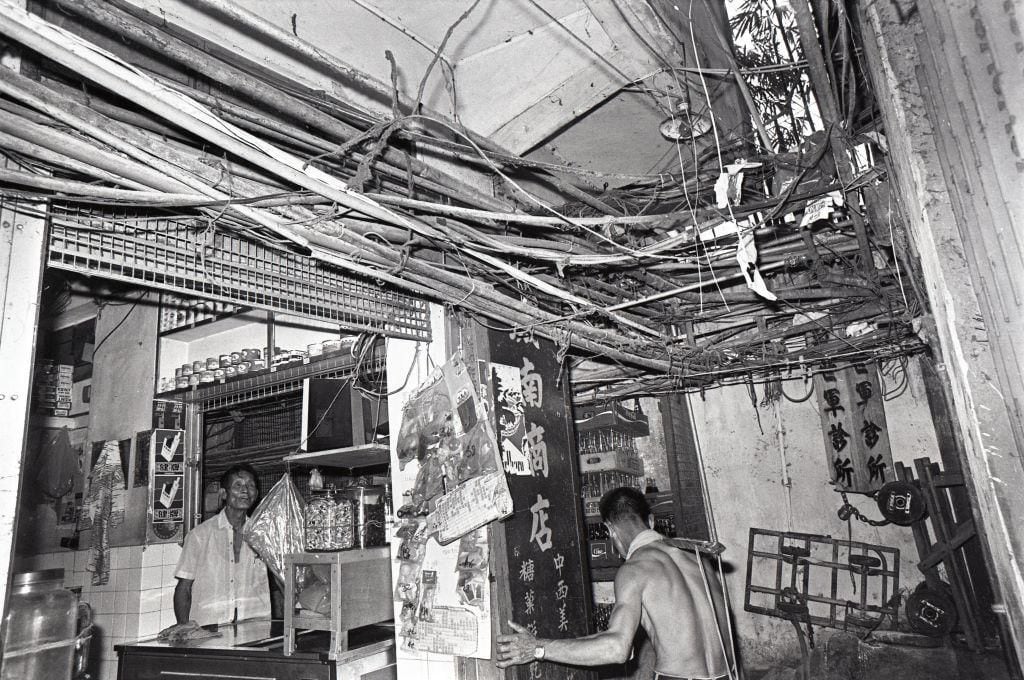
Chinese traders, healers and self-taught dentists, along with criminals, fought to keep the city alive. With 300 interconnected skyscrapers, all created by a single architectKowloon was truly a slum to behold.
“The only reason we moved to Kowloon Walled City was because it was the only place we could afford,” recalls Albert Ng, who grew up in Kowloon Walled City after his family moved from mainland China to Hong Kong in the 1990s. from 1970.
“Kowloon City was famous for things like prostitution, gambling and drugs. When I went to school in those dark alleys, I saw people secretly exchanging things and I discovered that they were dealing,” Ng said on the BBC radio program. “Witness Story” by Lucy Burns.
“The city of darkness”
“The first thing you feel is that warm humidity that has a strong smell. When you enter you really feel like you are entering the dragon’s throat.“, recalls urban designer Suenn Ho, who returned to Hong Kong, where she grew up, to study Kowloon Walled City on a scholarship in 1991.
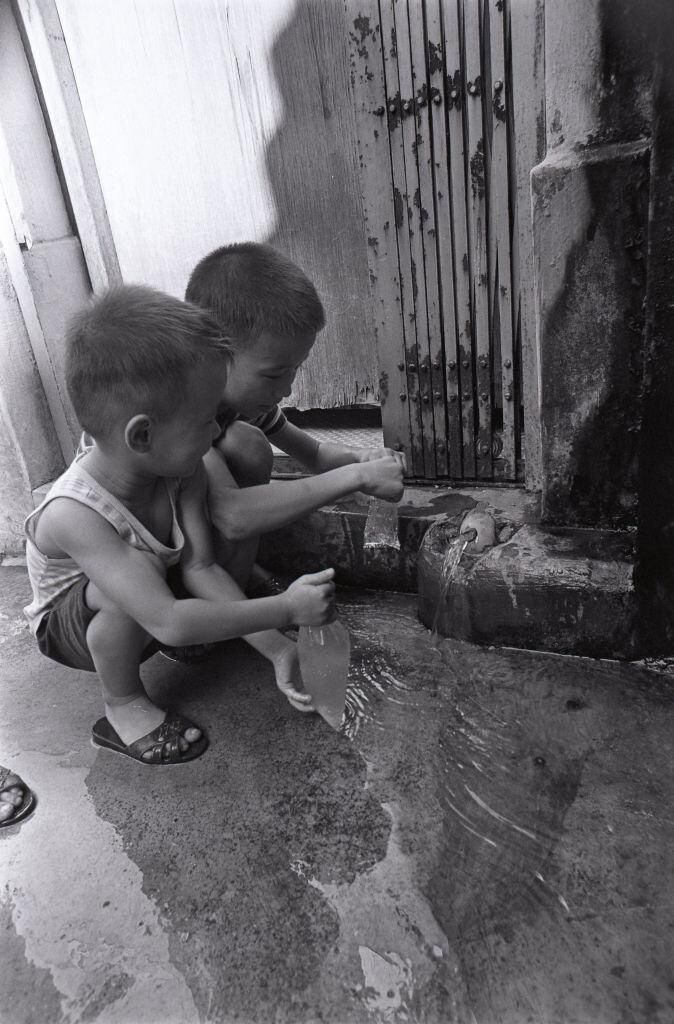
“I still remember the first day well. I had all my cameras and video recorders. Honestly, it wasn’t very smart because I really stood out as strange” says Suenn Ho, fascinated like many other urban planners by Kowloon’s unique development.
Lack of control in the city It made all kinds of illegal businesses flourish.
“The British authorities couldn’t do anything because every time they did something, the Chinese government told them not to touch it because that land was theirs. But China is in China, it is very far away. illegal things to take advantage of the fact that there is no law,” says Suenn Ho.
The walled city’s few blocks attracted not only gangsters and drug dealers, but also counterfeit luxury goods factories and unregulated food companies that manufactured fish cakes and dumplings for Hong Kong restaurants.
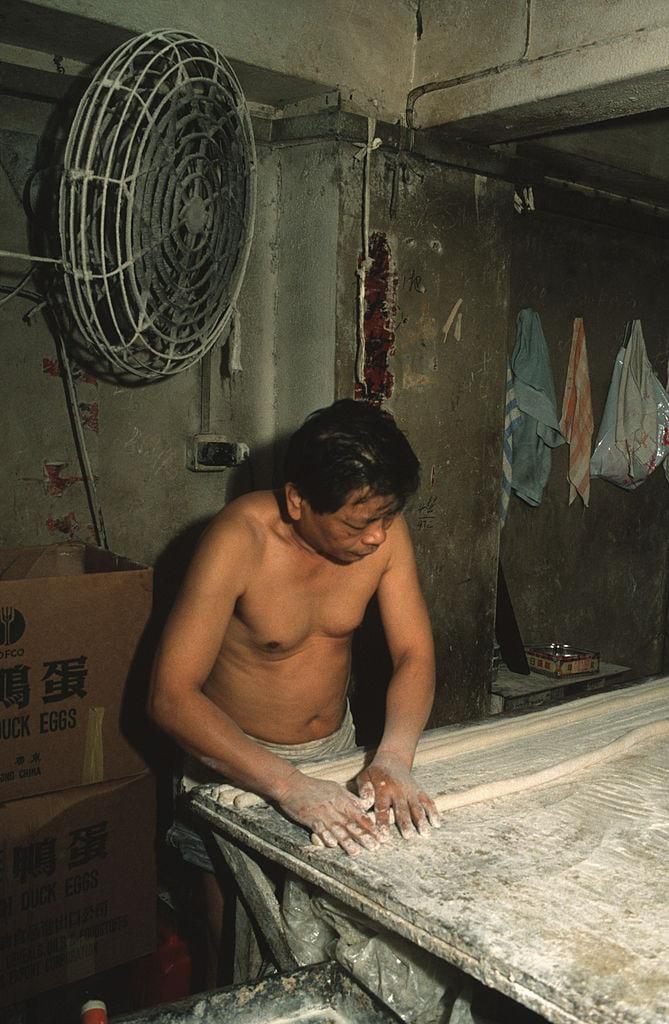
“There were also many doctors and dentists, many dentists. “All these doctors were practicing illegally because they couldn’t practice in Hong Kong because they didn’t speak English and couldn’t take the exam,” explains Suenn Ho about a practice that caused Hong Kongers from outside the city to also go there. . treatment.
“When I was a child, my family had a maid there and one day she told me she had a toothache and was going to the walled city to boot. had been pulled she told me: ‘Well, actually they pulled the wrong tooth.’
Did they make the wrong choice? What happened to you? I asked and he replied, ‘Don’t worry. ‘They took the wrong tooth and then realized they had to take the other one out, so they took the other one out too, but they only charged me for one tooth.’ She thought it was a great offer,” says Susanne Ho.
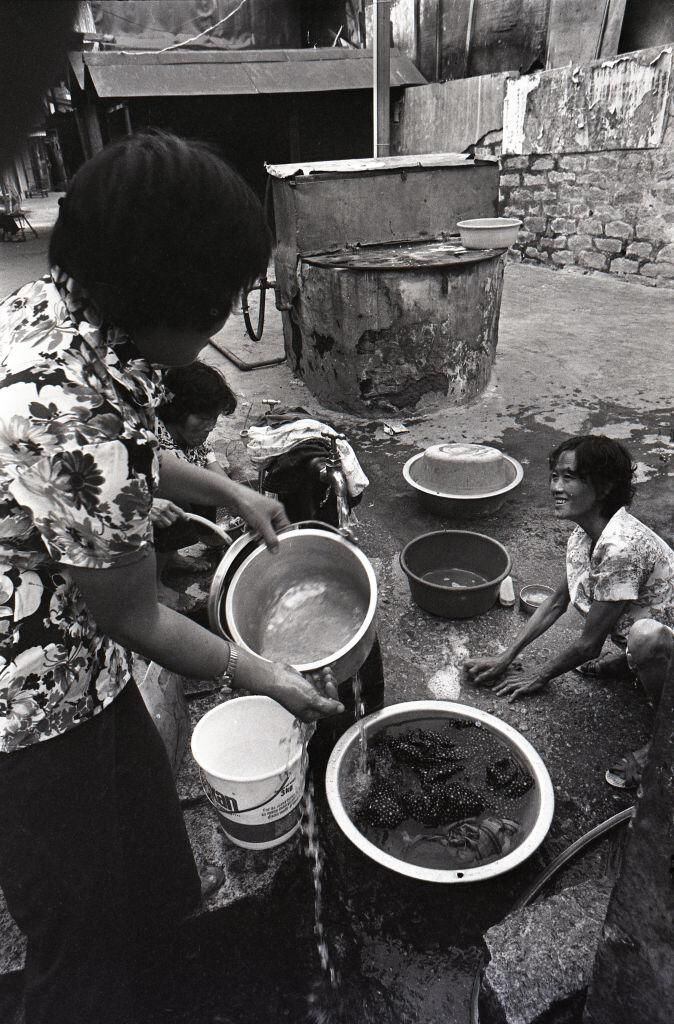
Although the physical walls of the walled city were demolished after World War II, it was still possible to clearly see where the walled city was, because within the perimeter there were no building regulations. It grew until it occupied all the available space possible.
“In Kowloon Walled City, all the buildings were packed together. There was almost no space between one building and another,” recalls Albert Ng.
Back when most people lived in the city Between 35,000 and 50,000 people lived on just 2.7 hectares of land.
Aerial photos from the time show the walled city looming over the surrounding suburbs, a huge mass of organic-looking buildings, like something out of a science fiction film.
“But we had fun, actually. On the roof we jump from one building to another. The buildings were half a meter apart,” recalls Albert Ng.

“Only the best pilots could fly to Hong Kong because when you landed you thought that if you could open the plane window you could touch the dirty laundry on the clothesline on the ceiling,” explains Suenn Ho.
“We flew kites on the roof and tried to direct them to hit the planes, but of course we failed,” says Albert Ng.
The fact that the city was built in such an anarchic way made Albert Ng and his family did not have access to basic services available elsewhere in Hong Kong.
“The environment was very dirty and there was open sewage everywhere, and there was no running water in the house. But our walls were wet and moldy all the time. when I was in high school,” says Albert Ng.

Living so close to each other gave residents a strong sense of community.
“There was a lady from Shanghai who lived across the street and every time she made Shanghai dumplings she would put them in a plastic bag or maybe a bowl and tie them to a stick and pass them to us and vice versa. When we did something, we passed it on to her. So I think living in Kowloon Walled City was a very, very good community life,” says Albert Ng.
Demolition of the city
In 1987, in anticipation of the British return of Hong Kong to China in 1997, the Chinese and British governments took matters into their own hands and decided that The best thing was to demolish the walled city.
“When I heard the news that the government was going to demolish it, I was very happy. Living in what could be the worst city in the world was so difficult that, honestly, I couldn’t wait to move,” explains Albert Ng.
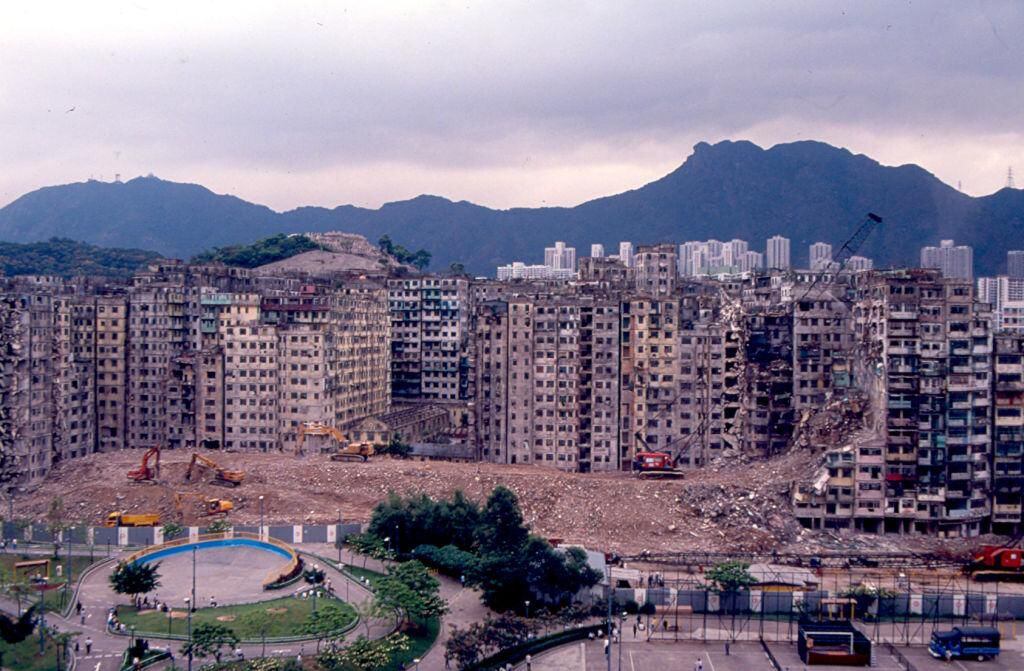
When Suenn Ho was conducting her investigation, much of the area had already been evacuated. He had dinner with friends on his last night at home before being evicted.
“It was very emotional, because at the end of dinner the great-grandmother was sweeping the floor and her daughter, very angry, said to her: ‘Tomorrow morning they are going to take our house away and you are here sweeping the floor. ‘ Who cares?’ And the calm great-grandmother said to him: ‘You know, I’ve lived here for a long time and if I have to leave the house tomorrow, I still have to clean it. This has been my home”details Suenn Ho.
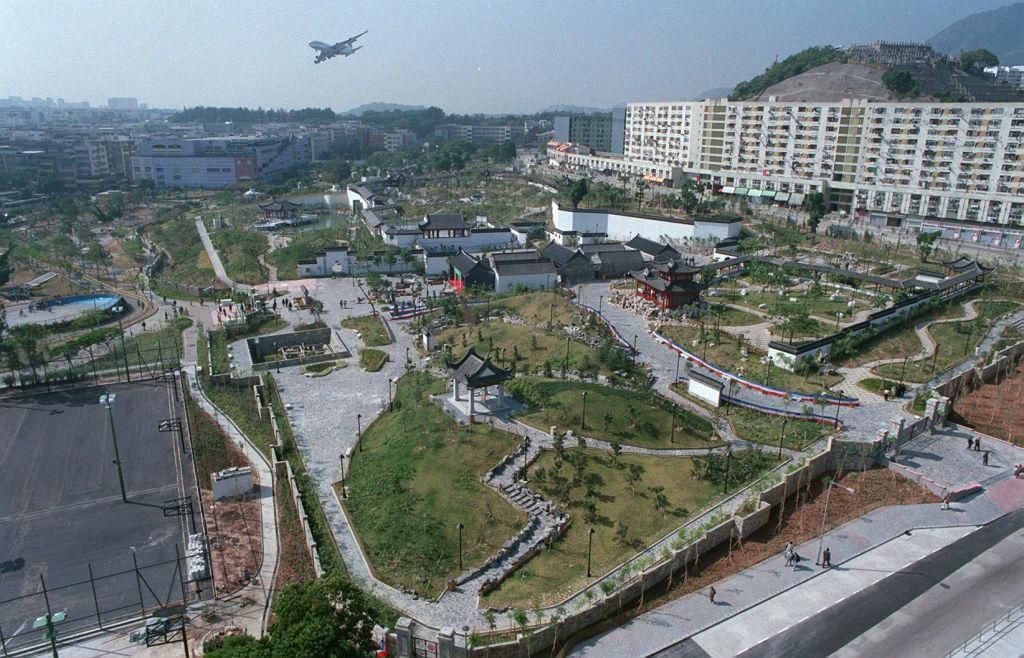
Demolition finally began in March 1993. The area is now a public park.
“I feel like our lives started again and that everything would be fine from that moment on. But, to my surprise, I still dream of returning to Kowloon. It’s a beautiful part of our history. Whether I like it or not, it was my home,” says Albert Ng, who is now a pastor at a church in Hong Kong.
*Suen Ho and Albert Ng spoke to Lucy Burns for the BBC’s “Witness History”, which first aired in 2020. Here you can listen to it in full in English.
Source: Elcomercio
I am Jack Morton and I work in 24 News Recorder. I mostly cover world news and I have also authored 24 news recorder. I find this work highly interesting and it allows me to keep up with current events happening around the world.

:quality(75)/cloudfront-us-east-1.images.arcpublishing.com/elcomercio/M7ITAYKWAZAEVKWT7TLRUUCIWQ.jpg)

:quality(75)/cloudfront-us-east-1.images.arcpublishing.com/elcomercio/5654RWXEZNAHBAUQGSA5AMCBPI.jpg)
:quality(75)/cloudfront-us-east-1.images.arcpublishing.com/elcomercio/PSQLPOYOV5C73HS3JKYTECFHMU.jpg)
:quality(75)/cloudfront-us-east-1.images.arcpublishing.com/elcomercio/SVHYTIAJDZGOROSJSNQ4DDW5JA.jpg)
:quality(75)/cloudfront-us-east-1.images.arcpublishing.com/elcomercio/FTGVKAAYQNCIBBJYPI6PKBTWUA.jpg)
